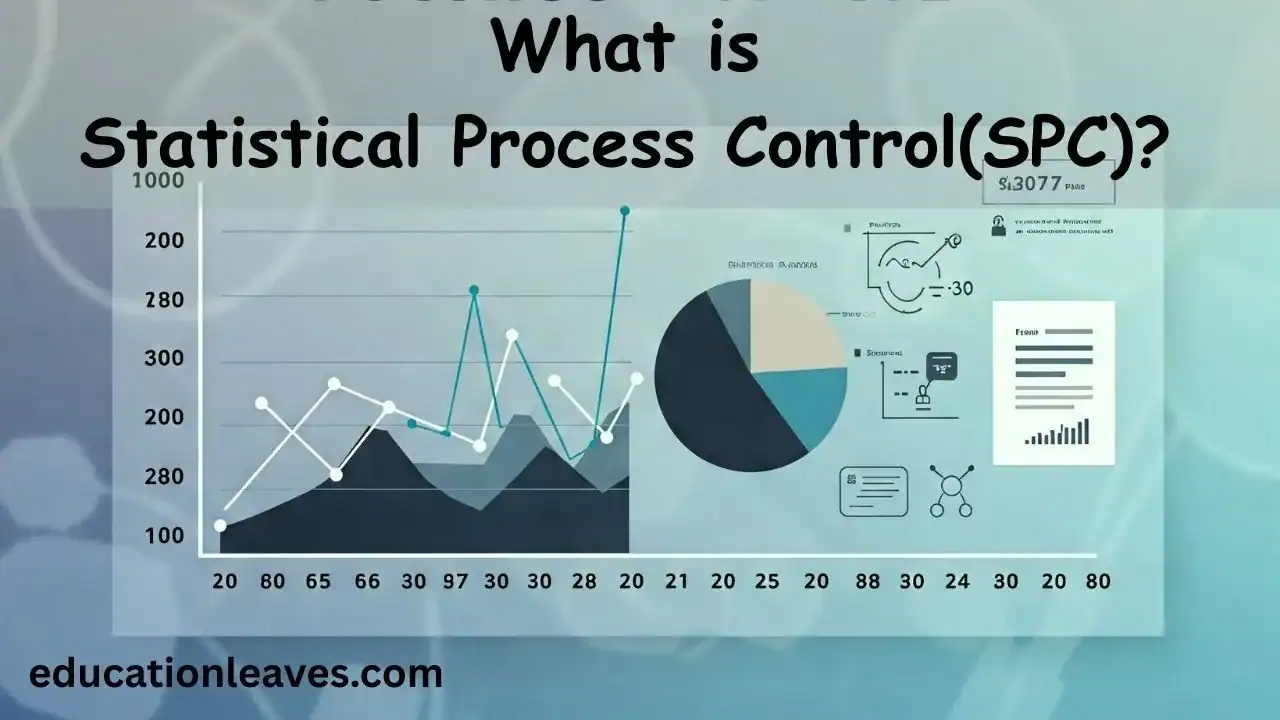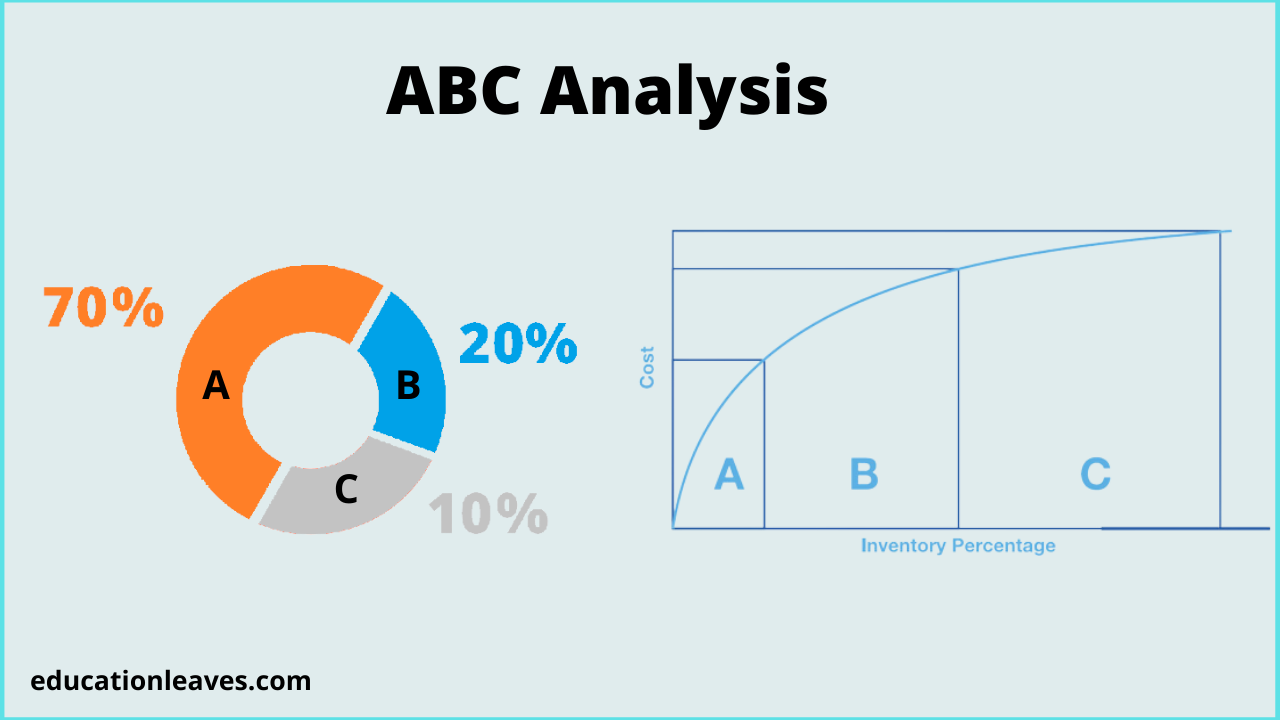What is PP&E? Understanding Property, Plant, and Equipment in Financial Accounting
Property, Plant, and Equipment (PP&E) represents one of the most critical categories of assets on a company’s balance sheet, encompassing the tangible, long-term resources that businesses rely upon to generate revenue and sustain operations.










